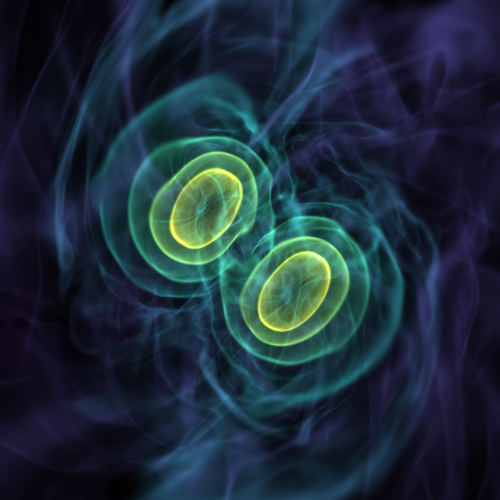
The lifecycle of stellar objects is very much like any other life in the universe. The growth of these systems is dictated by whether it will grow as nature expected or it will be affected by the process of nurturing. In this project, I will explore the birth, growth and final fate of compact objects known as black holes. A black hole is one of the most fascinating and enigmatic predictions of Einstein’s theory of general relativity. A typical small black hole is born when a star collapses into a singularity and ends up with infinite gravity. The gravity is so strong that even light cannot escape from these compact objects. Due to such a mysterious nature of these black holes, it’s impossible to see them directly. The indirect way to observe such an object is by swirling gas around it and observe the emitted radiation from infalling gas. It has been already established that there is hot accreting gas around black holes by numerous observations. The infalling gas slowly increases the mass of these black holes and also deposits angular momentum carried by the infalling gas.
The black holes range from a few times the mass of the sun to a few billion times the mass of the sun. We know that smaller black holes are formed from stellar collapse but how to achieve a few billion solar mass is not very clear yet. Simply accreting gas into the black hole cannot lead to a supermassive black hole. Hence there have to be other channels of growth. Recently, for the first time, LIGO observation detected a black hole of 142 solar masses formed by the coalescence of two smaller black holes with mass 85 and 66 solar mass. This opened a new window of research across the world with an expectation to find more and more such a heavy black hole population.
I am proposing a scenario which could be more favorable to explain the recent observation of LIGO and also shed light on future observations of such a heavy black hole. Smaller black holes could be born in an accretion disk around a supermassive black hole. These mini newly born black holes have plenty of gas supply due to their birth in gas rich disk. This is where ‘nature and nurture’ compete as these mini black holes grow and evolve to bigger black holes. The final fate of these black holes heavily depends on whether these will grow as nature expected or nurture will dominate and show completely unexpected behavior in their growth. Each newly born black hole is surrounded by a small disk around it and eventually it may end up in a binary orbit with another mini black hole. Over time, this binary system will evolve within the disk around a supermassive black hole. This leads to an interaction of four disks in total:
This means that the final fate of each black hole and also the fate of a newly born black hole due to the coalescence of these two black holes is governed by the complex dynamical interaction of four disks listed above. Once I can understand the birth, evolution and eventual fate of these black holes, I will confront this study with recent and upcoming LIGO/Virgo observations to further improve our understanding of gravitational wave emission and also perhaps seeing the first light from black hole merger.
